Many people fear snakes. They think of snakes as monsters out to hurt them.
When you fear an animal, it is easy to think that the world would be better off without them. This isn’t true. Snakes are important to their ecosystems and to humans.
Why are snakes important for the ecosystem?
Snakes are important to the ecosystem because they control the populations of their prey and are also an important food source for larger predators. Many snakes eat pests like rodents that eat human food.
As Predators
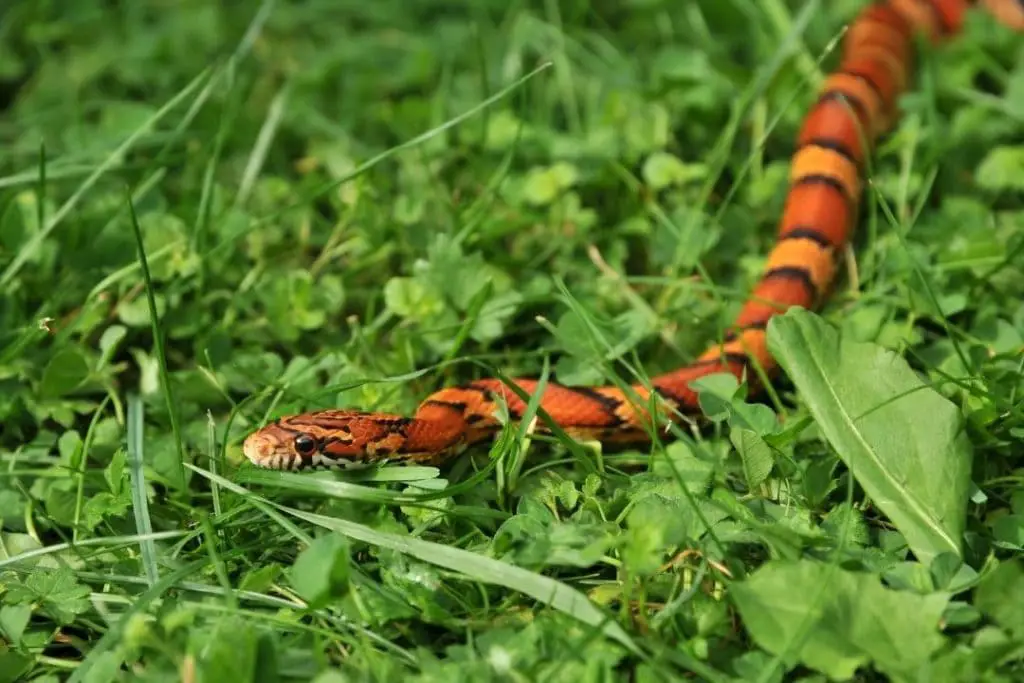
All predators serve an important role in their ecosystems. They help reduce the population of their prey. Many smaller snakes eat rodents or birds. Large rodent populations can devour plants, seeds, and insect populations depending on the rodent species.
Too many birds also puts pressure on their food sources. Snakes are obligate carnivores. This means they have to eat some form of animal protein to survive.
They are adapted to eat whole prey. What exactly they eat depends on the species. Some small snakes may eat worms or insects.
Others eat fish or birds. Some species may eat mainly eggs or amphibians. Others eat mammals or even other snakes. In each case, these predators help to control the population of their prey.
Many animals will breed and create massive populations without predators reducing their numbers. This can result in food shortages and disease in that species.
A healthy predator population is essential for the health of the prey species as a whole.
Some species like the timber rattlesnake are also important for controlling ticks. The rattlesnakes eat animals that carry ticks. When the snake eats an animal with a tick infestation, it also eats the ticks.
This helps reduce the tick population and prevent the spread of disease.
As Prey
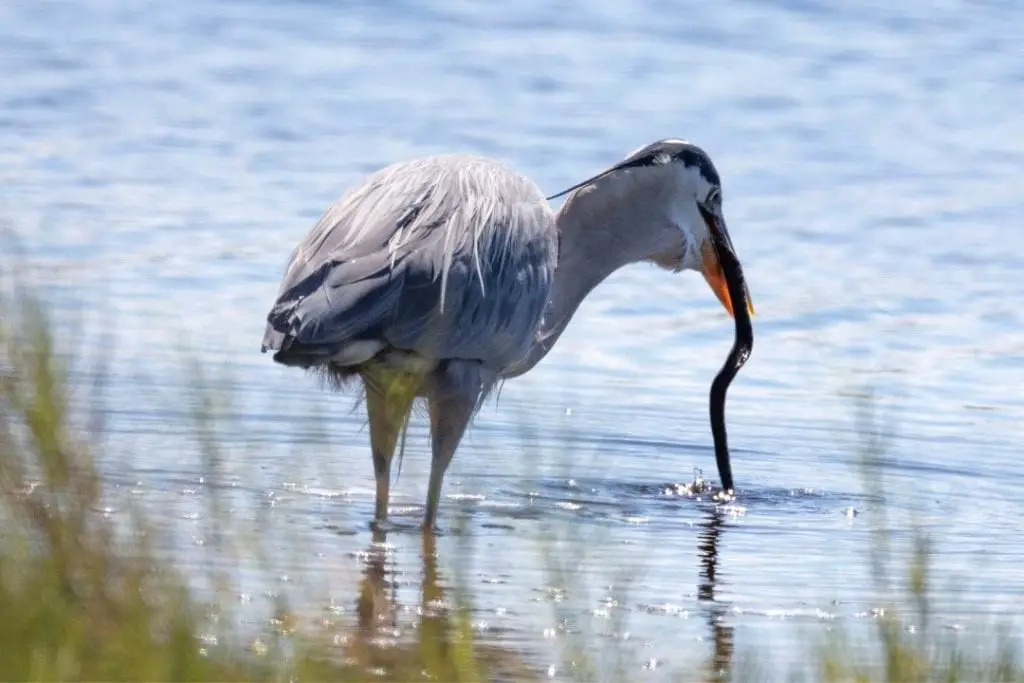
Many snakes are also eaten by predators in their habitats. Many animals will eat unattended snake eggs. This can be an important seasonal food source for the species.
Young snakes are frequently eaten by birds or even spiders. Most predators will be happy to eat a young snake if it can’t defend itself with venom.
Some snakes are rarely eaten when they reach adulthood like the large pythons.
However, most snakes will be prey to a number of animals and form an important food source. Many smaller predators form a link in the food chain where they eat smaller animals and larger predators eat them.
This means that the nutrients pass along to larger animals.
Importance for Humans
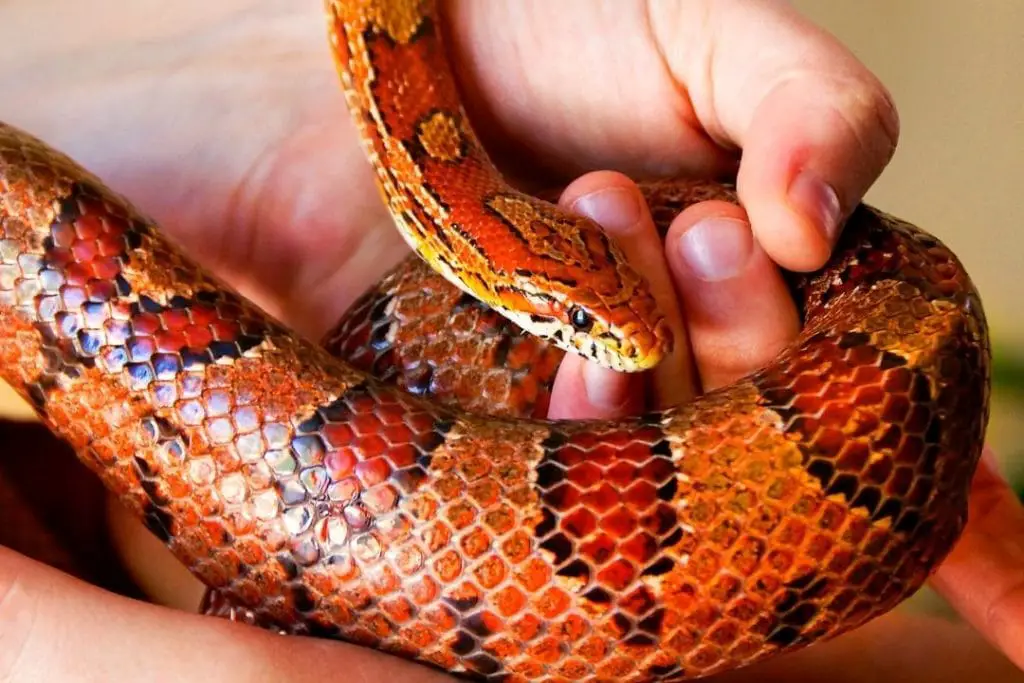
Snakes can be very important for humans. Many snakes eat rodents. Rodents will both eat and ruin any stored grain for human consumption.
One of the best natural controls for rodents is snakes.
Many farmers will try to draw in nonvenomous snakes to try to control rodents. Rat snakes and corn snakes are both named for their habits of hanging around human dwellings to eat rodents drawn to stored food.
Snakes are a natural control for rodents that is free and safe. Other rodent control measures include traps and poisons that can kill other animals as well.
Poisons can pollute the environment. Some poisons can even take so long to kill a rodent that other predators like owls or dogs can eat a poisoned rodent.
That poison will also kill the predator or seriously harm it. By using snakes for pest control, you don’t need to worry about other animals being harmed or any environmental damage.
Those snakes will also be preyed on by other predators and contribute to the health of the local food web.
Since snakes eat animals bearing ticks, they serve to help protect humans. Many ticks can carry Lyme disease and other illnesses that can harm humans.
By eating the animals carrying the ticks, snakes help protect humans from disease. There are very few illnesses that can transfer from reptiles to humans. This means that snakes are less likely to carry diseases that can make the jump to humans.
While some snakes are venomous and can harm a human, they do not want to tussle with a human. Only the very largest snakes may consider a human potential prey.
Most snakes prefer to flee from humans if they can. This means that snakes are not a major danger. Even the massive and invasive Burmese python isn’t a real threat to humans.
There have been no reported human fatalities from a free-roaming Burmese python in Florida.
The few reported strikes were either from snakes trying to defend themselves and their eggs or aborted strikes. An adult human is too large for most snakes to try to take down.
So long as you are respectful of snakes, you are unlikely to be harmed by one. Unprovoked attacks from snakes are very rare and restricted to only a few species.
Most snake species are harmless to humans. Even if they do have venom, it may not work on humans. Some species like garter snakes have a bite that can cause local swelling and pain, but only if they snake chews on you.
Others do nothing to humans at all. Remember, snakes are not malicious. They don’t have that capacity.
Like all animals, they just want plenty of food, warmth, and safety. If you run into any snake in the wild, give it a wide margin and let it go about its day.
The snake is certainly more scared of you than you are of it.
Conclusion
Snakes are an important part of the environment. They are part of the food web and are both powerful predators and frequently become prey themselves.
Like all animals, they should be respected and allowed to live their lives. If you have any questions or comments, please leave them below.
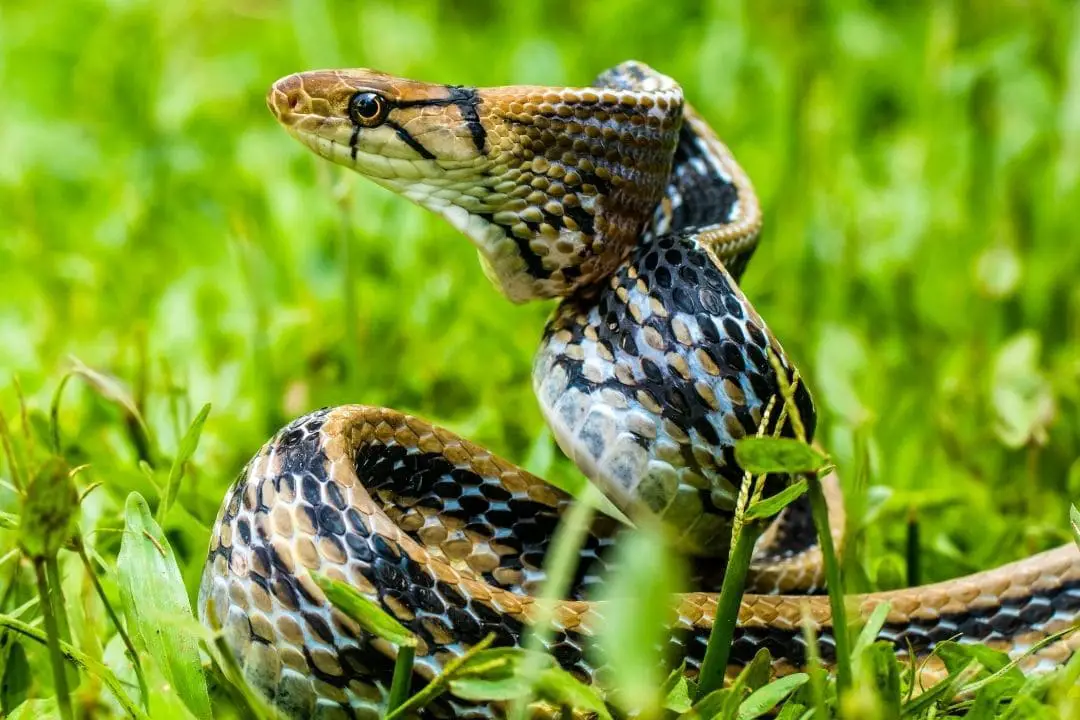
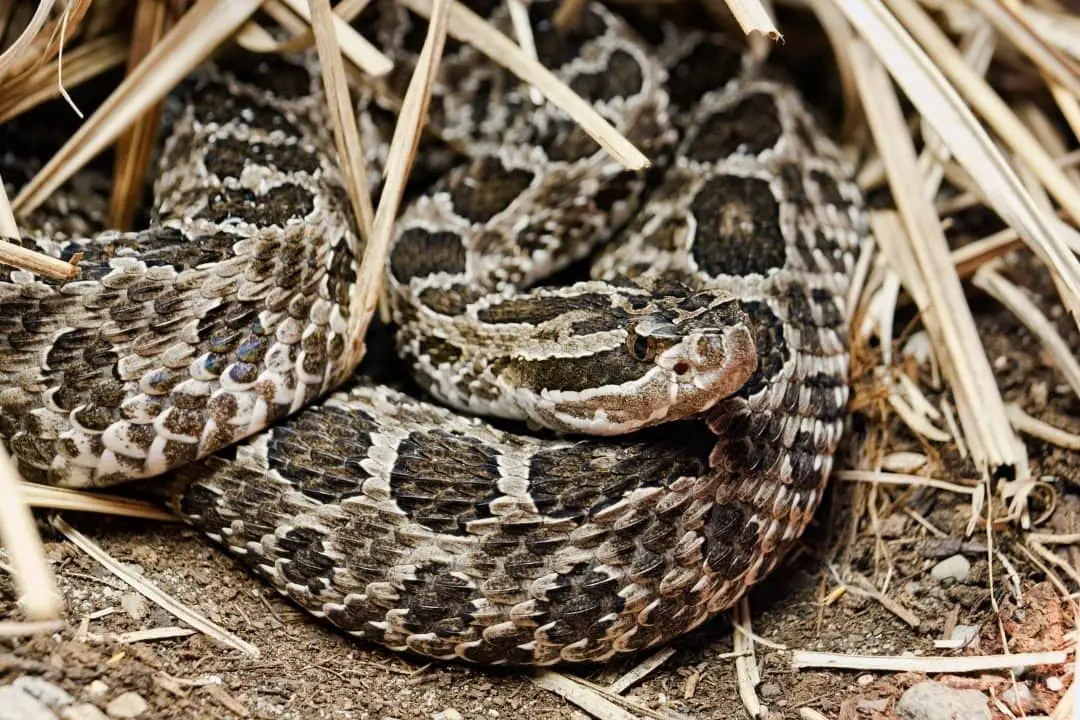
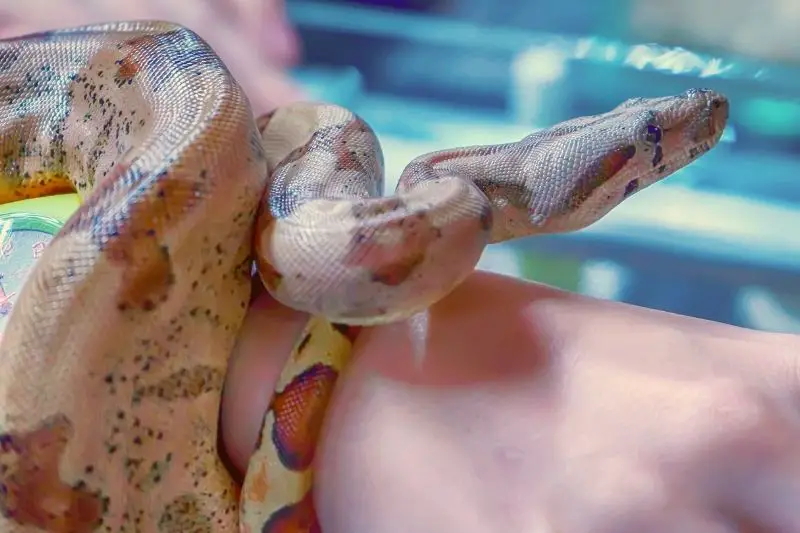
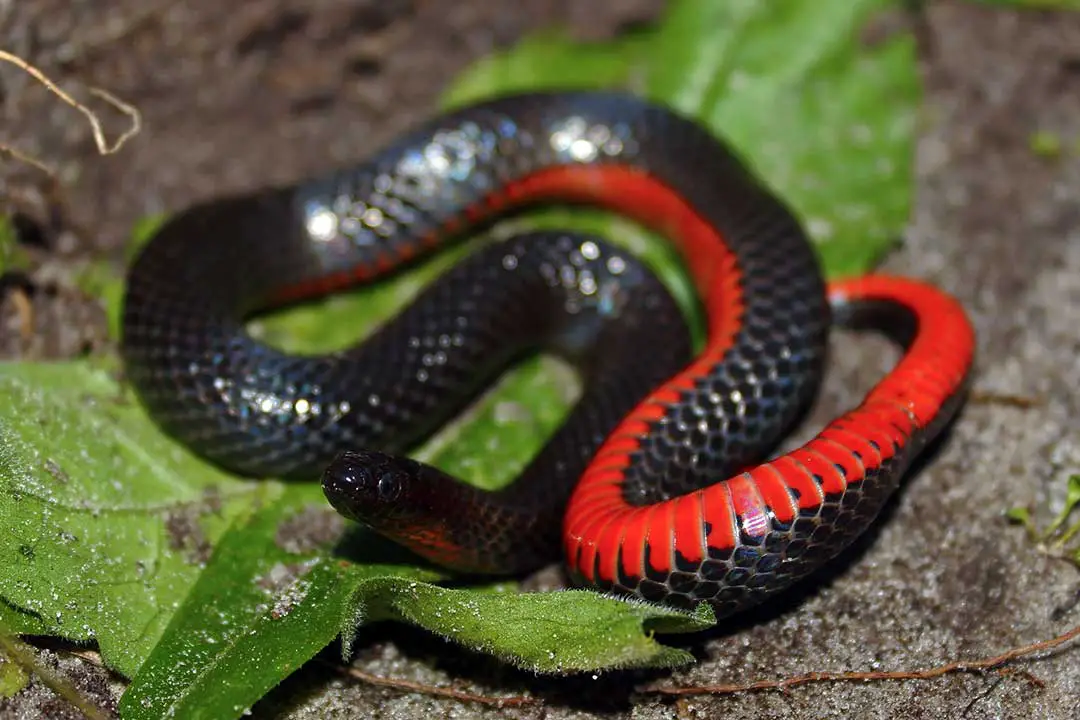

Great information about snakes. The information sheds enough light on how we can comfortably live with them without any fear that we have been taught since our Sunday school class days. Thank you so much.